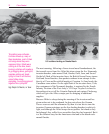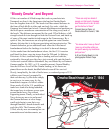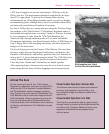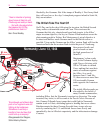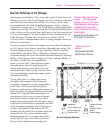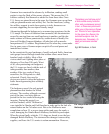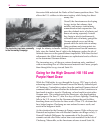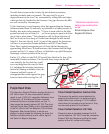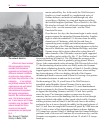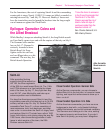
78
Close Combat
they quickly master the art of unloading directly onto Omaha and Utah
beaches, and after a few days are actually moving more supplies than
the British. For Montgomery, the storm has the additional consequence
of delaying his plan to launch a new offensive against the Germans at
Caen.
Allied Improvisation in the
Bocage
As the fighting through the Norman hedgerows drags into weeks of
close and vicious combat, the immobilized Americans devise new
methods and equipment to deal with the bocage. “Dozer tanks”—
Sherman tanks with a bulldozer blade in front—can cut through any
hedgerow, but too few are available to support large-scale operations.
The 29th tries sending engineer squads to place two 24-pound (later
50-pound) explosive charges in the embankment beneath a hedge.
Initial results are promising, but experience in the bocage quickly
reveals that this method is impractical for large-scale operations. One
informal field study shows that a tank company moving 1.5 miles
through the bocage will come up against 34 separate hedgerows,
requiring 17 tons of explosives to do the job.
A more efficient, and more practical, technique is devised, in which
tanks are used to bury smaller charges deeply in an embankment to
increase their explosive force. Crews weld a pair of four-foot-long,
6½-inch-diameter steel pipes to the front of a Sherman tank. When they
ram the tank into an embankment, then back away, the pipes leave two
deep holes for explosive charges. Packing the explosives into empty
artillery shell cases before placing them in the holes focuses the
explosions even more effectively. However, blowing holes in the
hedgerows involves one big drawback: The explosions announce to the
Germans when and where an attack is beginning, and provide a handy
aiming point for all types of defensive fire. Any tank that appears in the
newly opened breach is a perfectly framed target.
The Americans try other methods. Some tankers weld bumpers made of
railroad tracks to their Shermans and use them to ram through
hedgerows. Even more successful is a hedgerow cutter devised by
Sergeant Curtis Culin of the 102nd Cavalry Reconnaissance Squadron.
It consists of scrap iron blades welded to the front of a Sherman tank.
Equipped with these tusklike appendages, the retrofitted Shermans
come to be called “rhino tanks,” a name that proves appropriate, as the
rhinos are nearly unstoppable. At a demonstration of the “Culin
Device,” General Bradley is impressed when he sees newly equipped
tanks slice through hedgerows “as though they were pasteboard,
throwing the bushes and brush into the air.”
“This was about as bad a place
to mount an infantry assault as
could be imagined, as bad as
clearing out a town house-by-
house or room-by-room, as bad
as attacking a World War I
trench system. But it had to
be done.”
Stephen Ambrose, in
Band of
Brothers
“Give me ten infantrymen in
this terrain with the proper
combination of small arms,
and we will hold up a battalion
for 24 hours.”
Lt. Jack Shea, from
Yank



